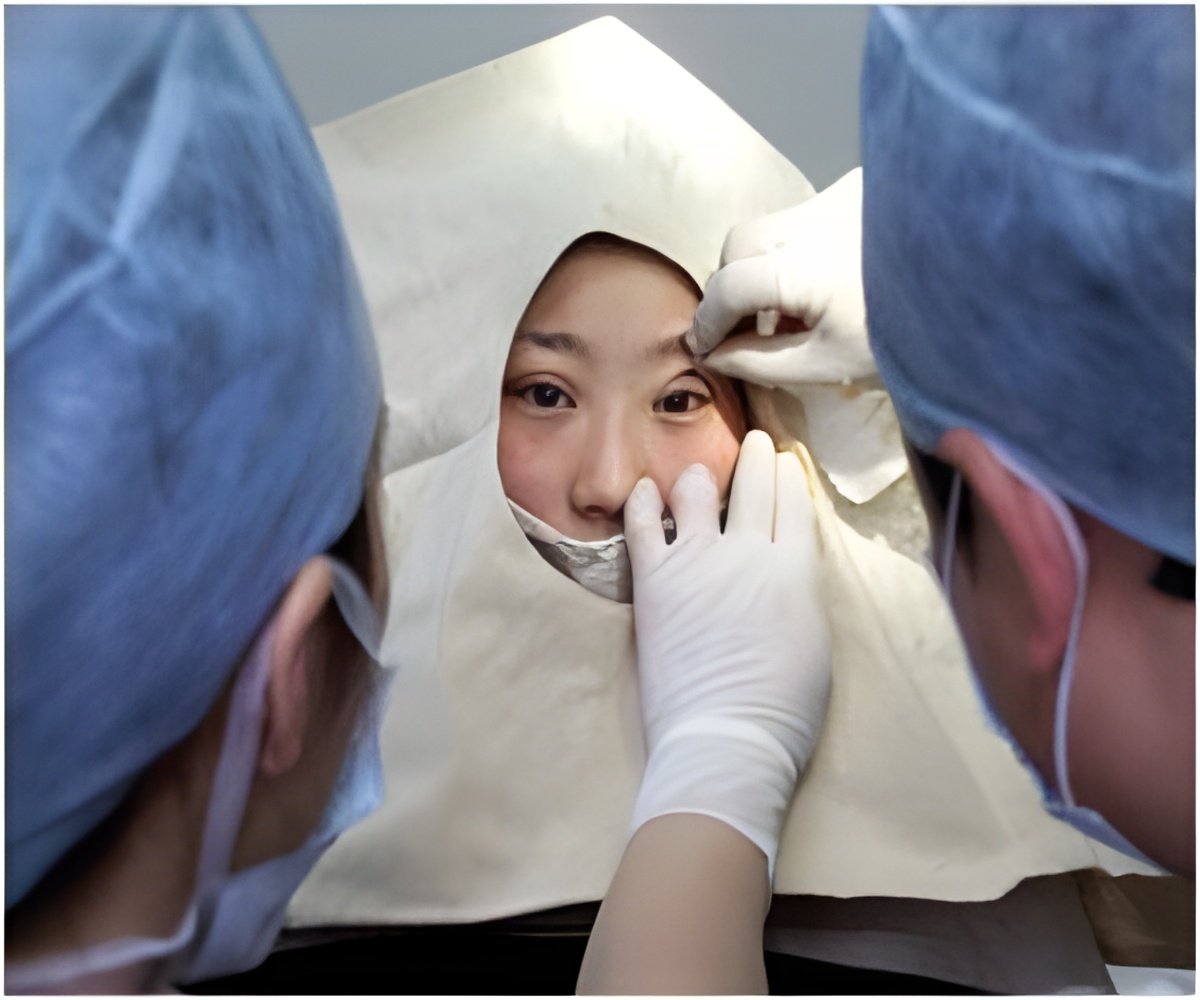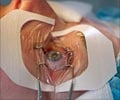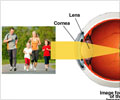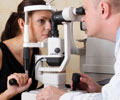Substantial percentage of patients report new visual symptoms following a LASIK surgery.

The PROWL-1 study was a single-military center study of 262 active-duty Navy personnel (average age, 29 years). The PROWL-2 study was a study of 312 civilians (average age, 32 years) conducted at 5 private practice and academic centers. The LASIK surgery and the postoperative care were performed based on the usual practice and clinical judgment at the site. Participants completed a self-administered, web-based questionnaire, preoperatively and postoperatively at 1 and 3 months (the PROWL-1 and -2 studies) and at 6 months (the PROWL-2 study).
Results of the questionnaire indicated that visual symptoms and dissatisfaction with vision were common preoperatively. Overall, the prevalence of visual symptoms and dry eye symptoms decreased, although a substantial percentage of participants reported new visual symptoms (double images, glare, halos. and/or starbursts) after surgery (43 percent from the PROWL-1 study and 46 percent from the PROWL-2 study at 3 months).
The percentages of participants in the PROWL-1 study with normal Ocular Surface Disease Index scores (an assessment of symptoms related to dry eye disease and their effect on vision) were 55 percent at baseline, 66 percent at 3 months, and 73 percent at 6 months. The percentages of participants in the PROWL-2 study with normal Ocular Surface Disease Index scores were 44 percent at baseline and 65 percent at 3 months. Of those participants who had normal scores at baseline in both the PROWL-1 and -2 studies, about 28 percent had mild, moderate, or severe dry eye symptoms at 3 months. While most participants were satisfied, the rates of dissatisfaction with vision ranged from 1 to 4 percent, and the rates of dissatisfaction with surgery ranged from 1 to 2 percent.
"To our knowledge, our study is one of the few that have reported the development of new visual symptoms. While the overall prevalence of visual symptoms decreased, a large percentage of participants with no symptoms preoperatively reported new visual symptoms postoperatively. How much of this was regression to the mean and how much a development of new symptoms cannot be determined," the authors write.
"Our study showed that patients were more likely to report visual and ocular symptoms on an online questionnaire than to their health care professional. Based on our findings, this approach may substantially underestimate the rates of symptoms by a factor of 2 to 4."
Advertisement
Advertisement















